Most Popular
Eye Plus
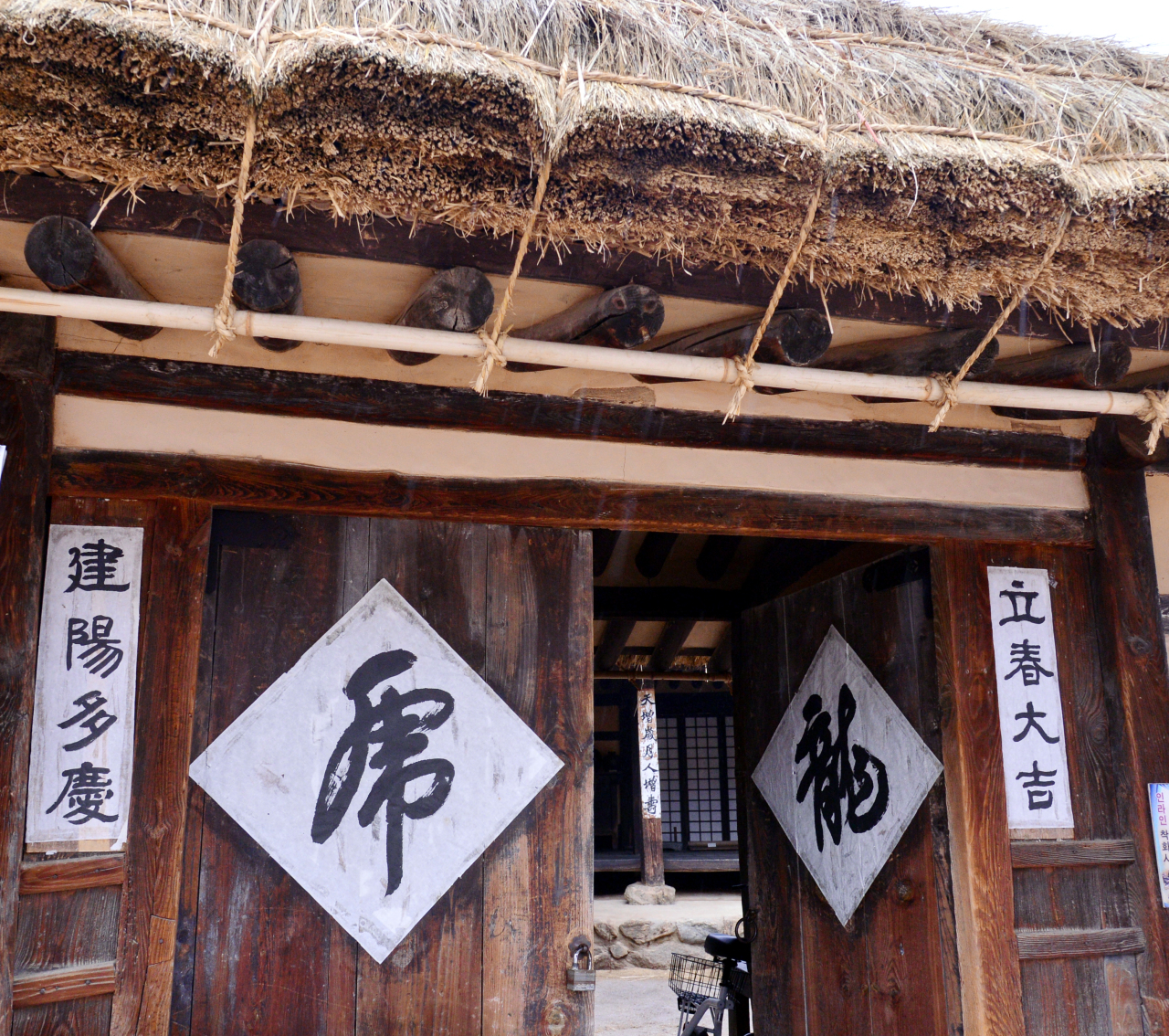
Sunae-dong House is a historic building in Bundang Central Park in Gyeonggi Province.
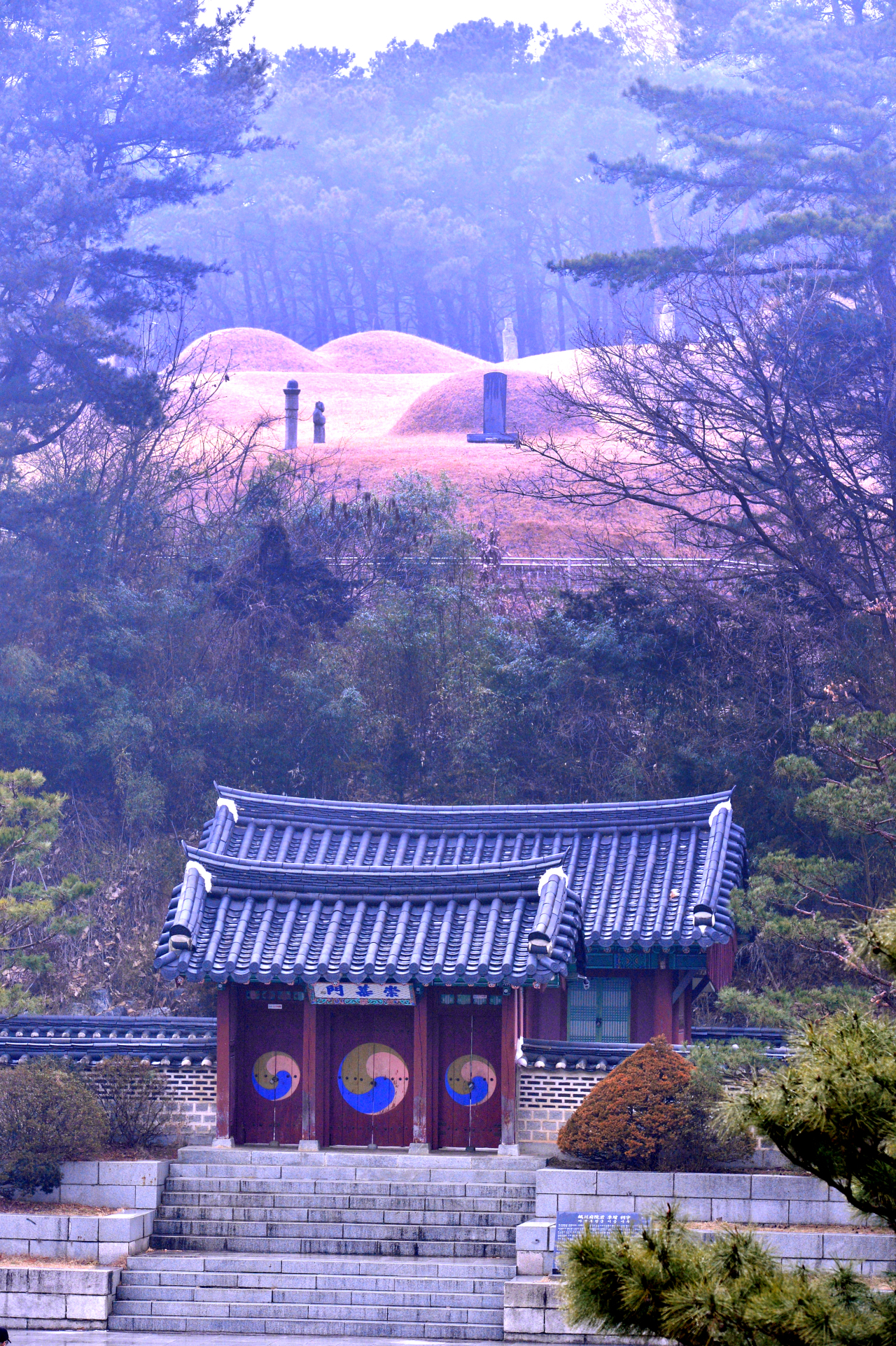
Around 70 houses once formed a clan village in the area, but all but one house, which once belonged to a man called Yi Taek-gu, were demolished as part of the city’s development in the 1980s.
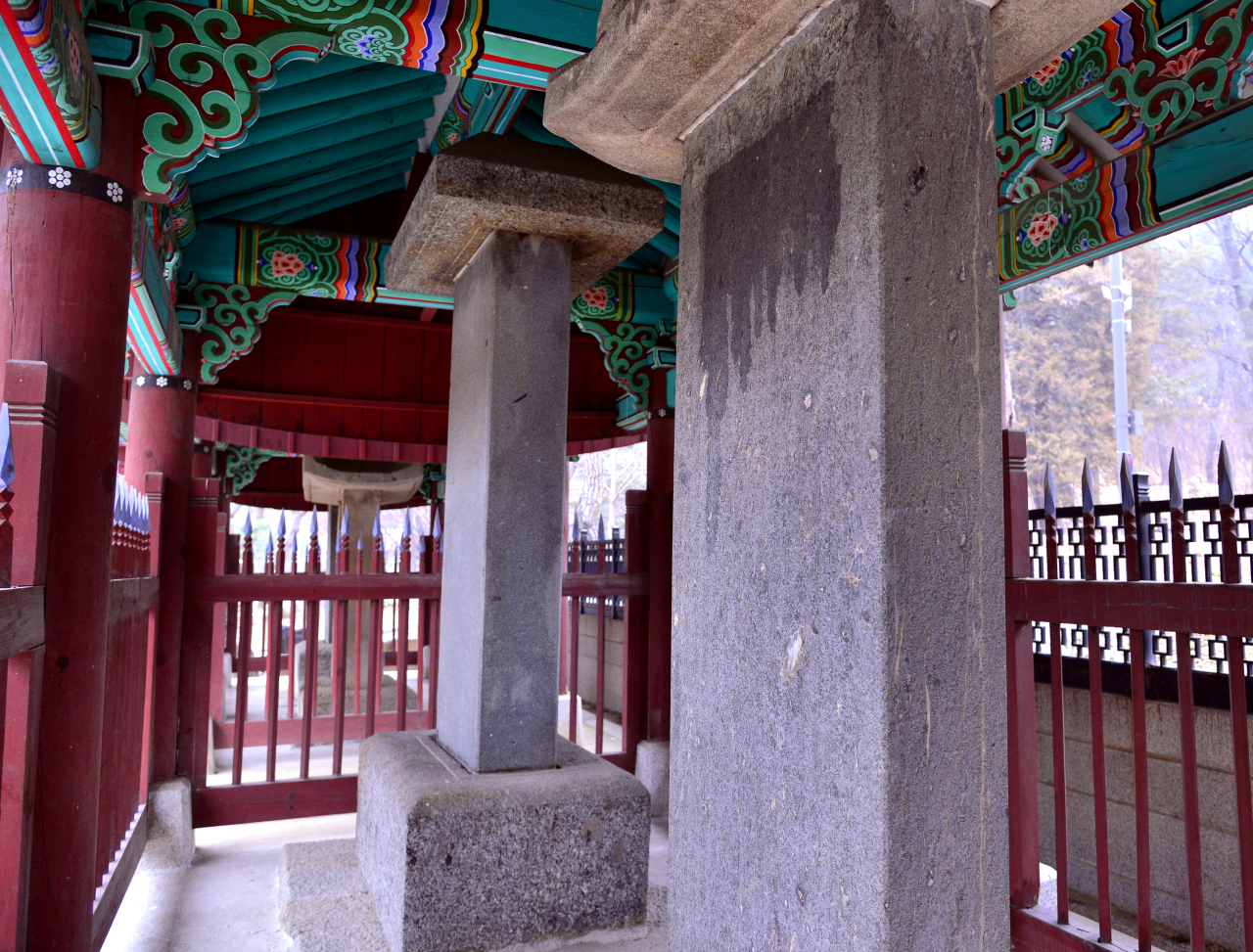
The servants’ quarters are a single straight run, with a gate in the center, a stable and a barn on the left, and living quarters on the right, with their own separate storeroom. The entire structure was mostly used by the servants.
The house also features a gated courtyard and an L-shaped women’s quarters, which consist of a wooden-floored hall connected to the primary ondol room on the left to an auxiliary ondol room on the right. Directly outside the main room sit a kitchen and a storage room. All rooms are decorated with installations and furnishings that recreate the old way of life. The main and the auxiliary rooms were occupied by the lady of the house and her daughter-in-law, respectively.

Around 70 houses once formed a clan village in the area, but all but one house, which once belonged to a man called Yi Taek-gu, were demolished as part of the city’s development in the 1980s.

The servants’ quarters are a single straight run, with a gate in the center, a stable and a barn on the left, and living quarters on the right, with their own separate storeroom. The entire structure was mostly used by the servants.
The house also features a gated courtyard and an L-shaped women’s quarters, which consist of a wooden-floored hall connected to the primary ondol room on the left to an auxiliary ondol room on the right. Directly outside the main room sit a kitchen and a storage room. All rooms are decorated with installations and furnishings that recreate the old way of life. The main and the auxiliary rooms were occupied by the lady of the house and her daughter-in-law, respectively.
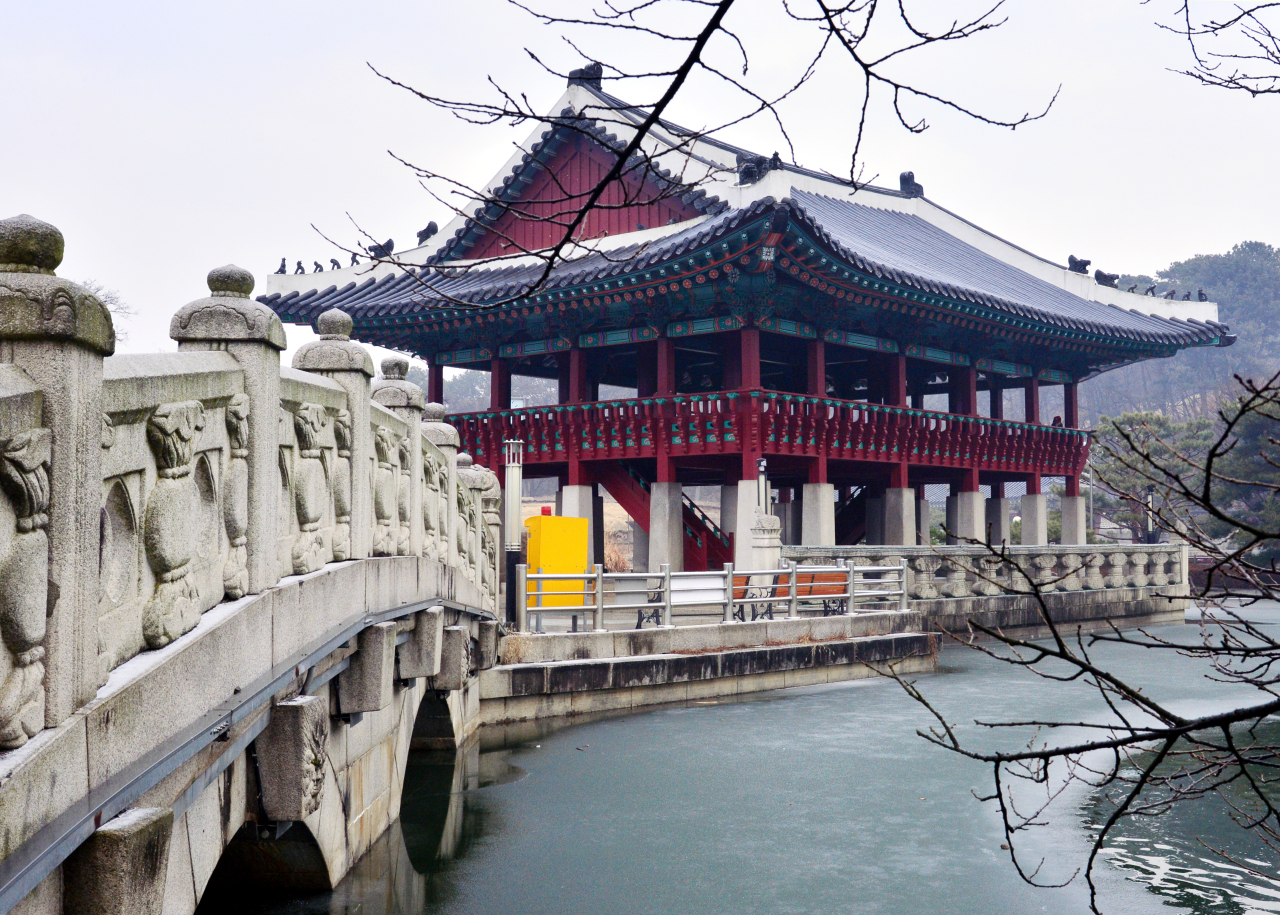
Outside of the house itself, several trees and man-made structures that would have formed part of the village remain, including an old Chinese juniper next to the house, a saw-leaf zelkova tree, a pond and a pavilion site.
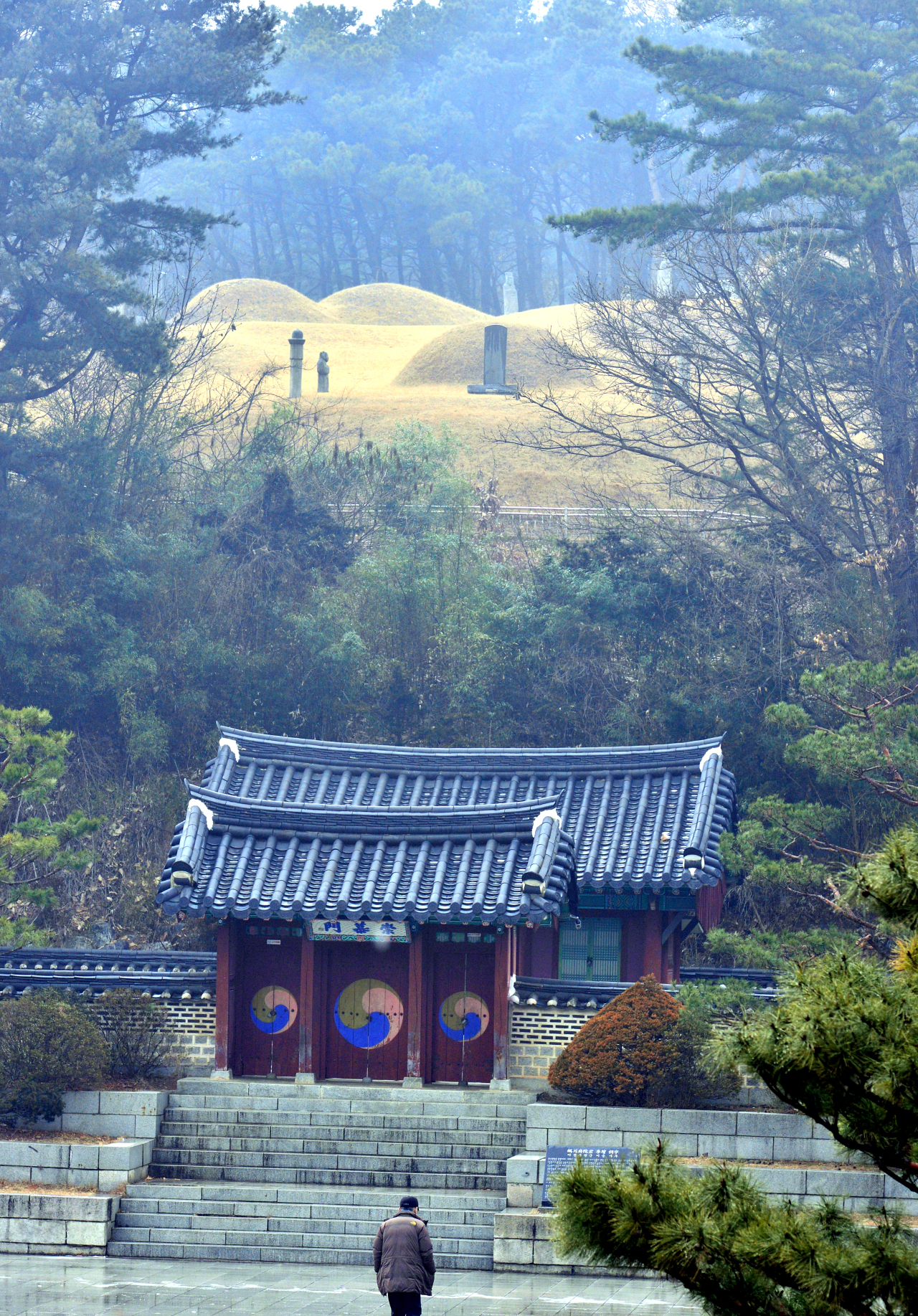
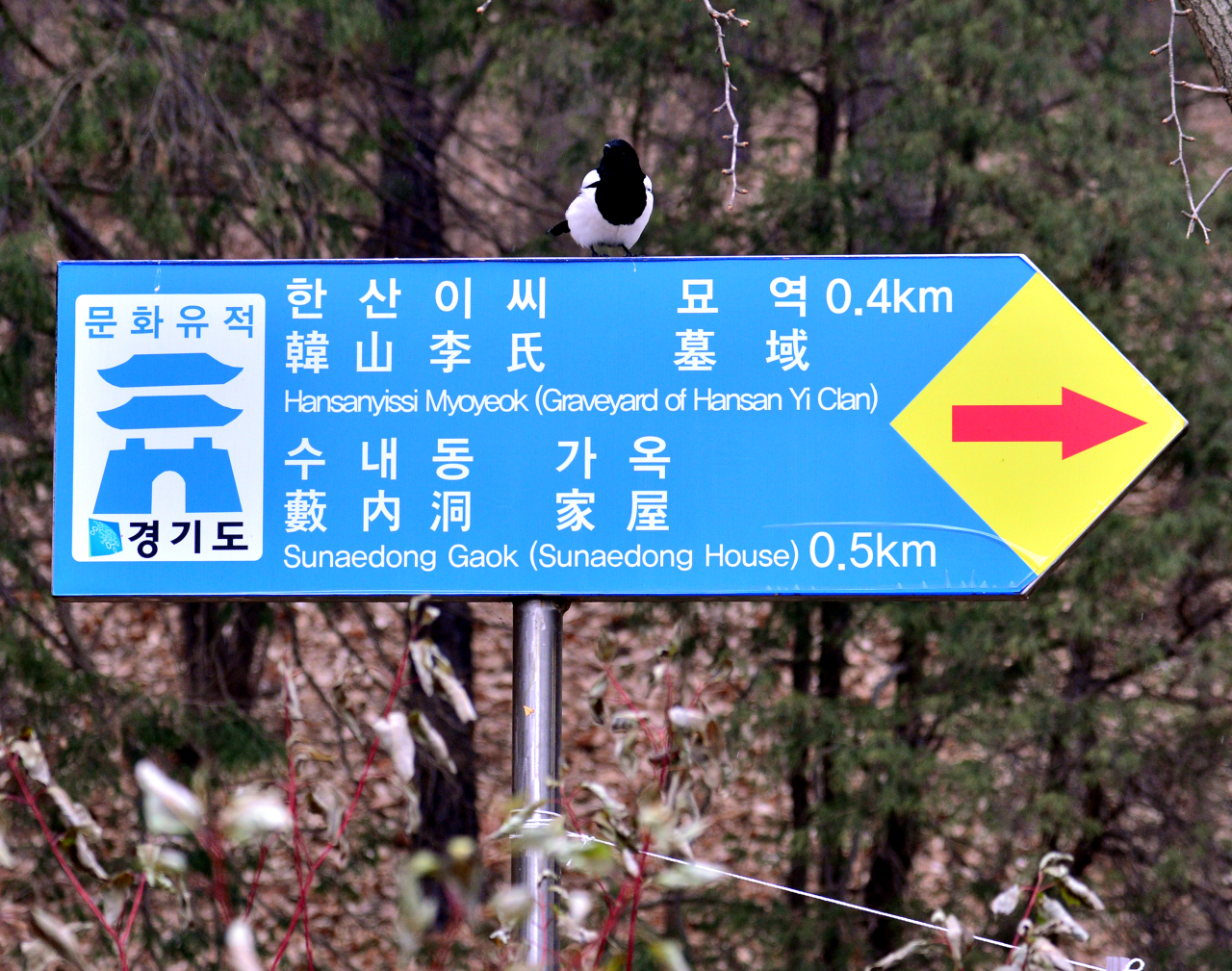
Words by Park Ga-young
Photos by Park Hyun-koo


Words by Park Ga-young
Photos by Park Hyun-koo







![[KH Explains] How should Korea adjust its trade defenses against Chinese EVs?](http://res.heraldm.com/phpwas/restmb_idxmake.php?idx=644&simg=/content/image/2024/04/15/20240415050562_0.jpg&u=20240415144419)




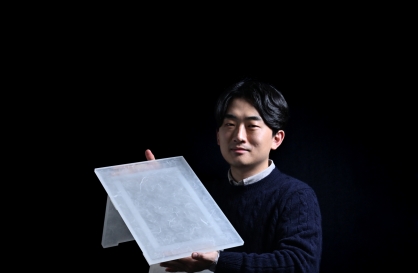
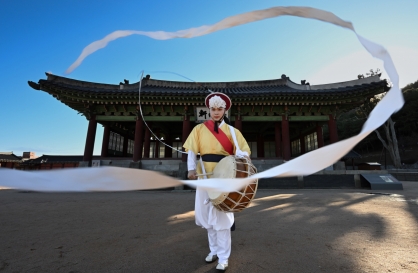
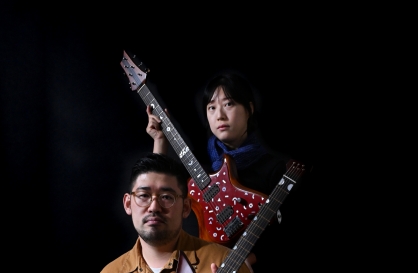
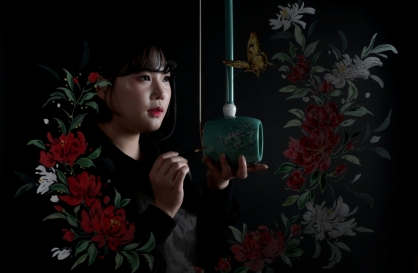
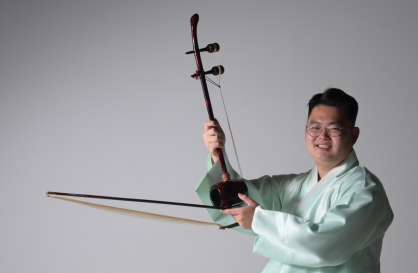







![[Today’s K-pop] Stray Kids to return soon: report](http://res.heraldm.com/phpwas/restmb_idxmake.php?idx=642&simg=/content/image/2024/04/16/20240416050713_0.jpg&u=)